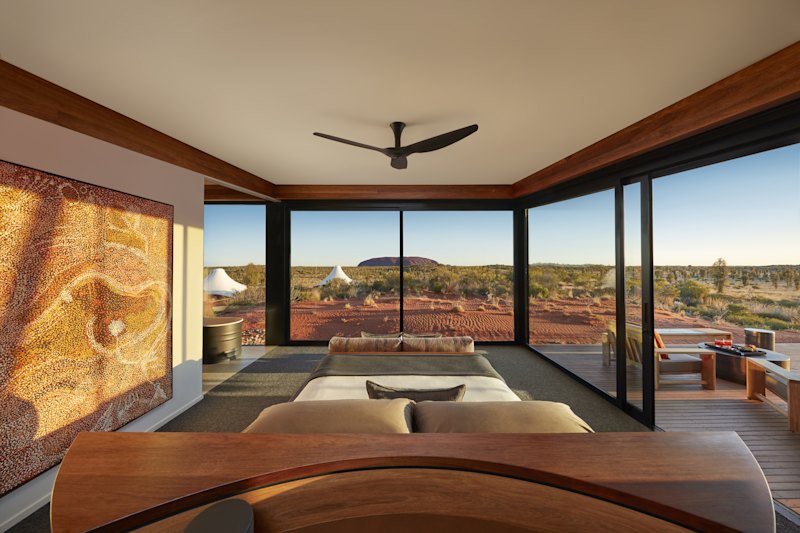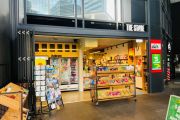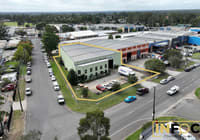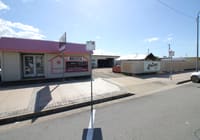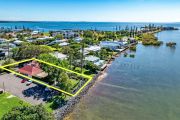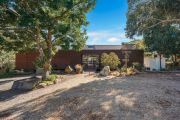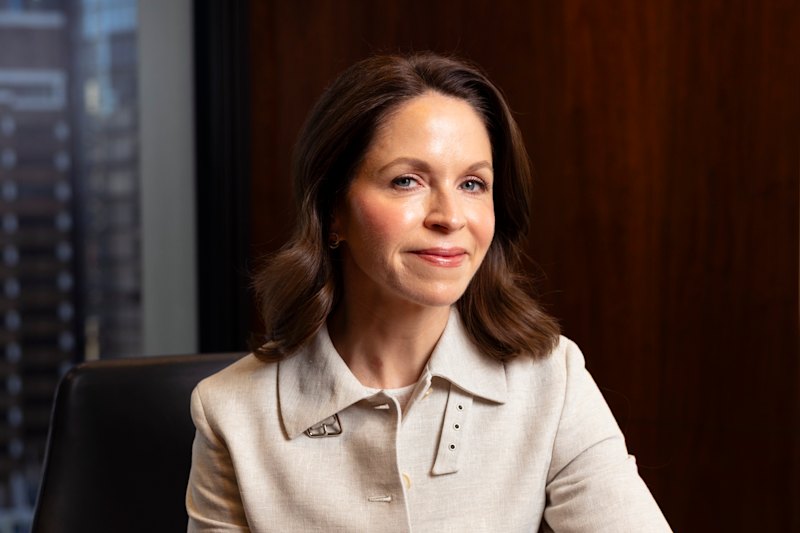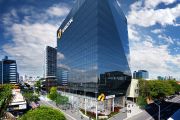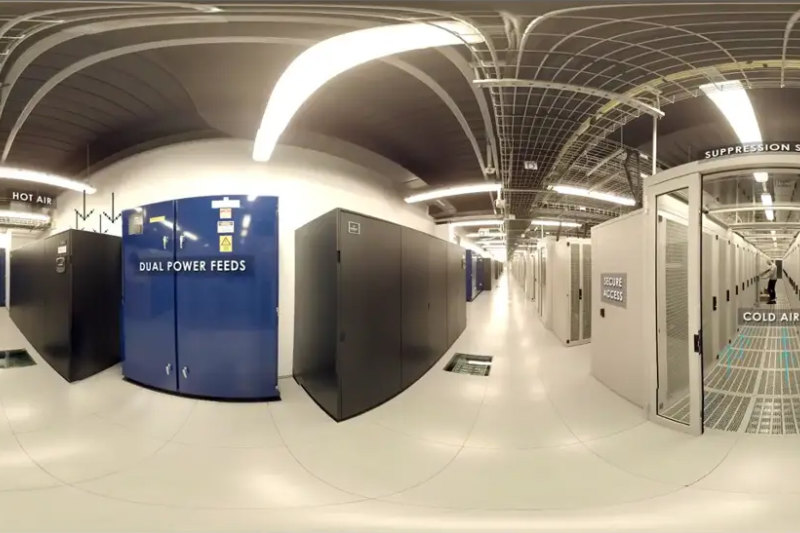
Your office could double as a data centre – with free hot water
The first liquid-cooled data server has been installed in an Australian commercial building, modelling a future in which landlords adapt unused space to offer clients edge data centre services – and get free hot water.
Privately owned ResetData has installed two 100-kilowatt pods in Investa’s 151 Clarence Street tower in Sydney and will use the basement as a showroom for clients to cool server racks by immersing them in liquid, rather than the standard practice of air-cooling data centres.
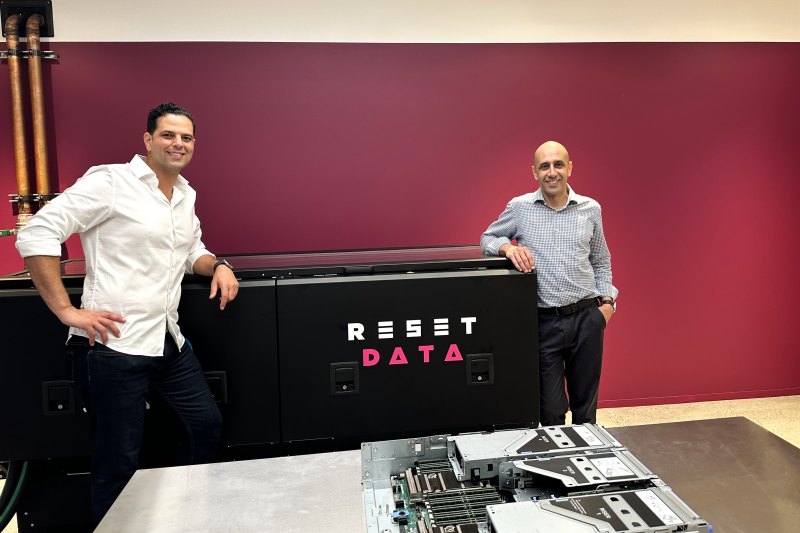
Demand for computing power is growing exponentially with the take-up of artificial intelligence and machine learning.
Liquid cooling reduces power consumption and physical footprint while allowing landlords to tap the emitted heat for other purposes.
It’s a technology and real estate story. Denser liquid-cooled technology offers an alternative to warehouse-sized data centres in business parks. Facilities can be located in smaller, existing spaces, closer to clients and business operations.
“We’ve got a lot of existing assets with a lot of existing power supply that can use this new technology to really adaptively re-use under-utilised space,” said ResetData cofounder Marcel Zalloua.
“There is nothing stopping the REITs, the big commercial property players from providing this as an additional amenity.”

Data centres need large volumes of power and as computing demands increase, they become hotter. The number of transistors in a processor doubles roughly every two years, increasing the density of transistors and the heat they throw off, in turn creating a potent source of power.
“It just gets hotter and denser, hotter and denser,” ResetData cofounder and managing director Bass Salah said.
ResetData distributes, in Australia and New Zealand, the liquid cooling technology made by Barcelona-based Submer, modifying Dell servers containing Intel chips to make them function when immersed in the “pod” of cooling fluid.
Traditional air-conditioning – as seen in warehouse-like data centres where standing racks of servers are cooled by air – is unable to keep up with the rising heat output.
ResetData says liquid cooling reduces carbon emissions by about 45 per cent and cuts overall cloud cooling computing costs to end users by an estimated 40 per cent.
The company is part of a global race to offer liquid-cooled technology.
Nasdaq-listed digital infrastructure company Equinix said on Tuesday it would expand liquid-cooled technology into more than 100 of its International Business Exchange-branded data centres around the world, including in Sydney and Melbourne.
“Liquid cooling is revolutionising how data centres cool powerful, high-density hardware that supports emerging technologies,” said Tiffany Osias, Equinix’s vice president of global colocation.
One liquid-cooling pod can include the same computational capacity as 10 racks of air-cooled servers.
Hot aisle containment is limited to, at best, 4 kilowatts per square metre, while ResetData’s liquid-cooled technologyneeds much less space at 18kw per square metre.
Mains water pumped through the Castrol BP-supplied liquid dielectric, the biodegradable fluid in which the servers sit, can also be heated and connected to a building’s hot water supply.
Water typically comes out of the tap at between 20 and 22 degrees. It can be heated to between 40 and 60 degrees in a pod, the same temperature range of domestic tap hot water.
Like much in Australia’s energy transition, it will take time, however. The pods in the basement of 151 Clarence Street won’t be connected to the hot water supply until late next year.
But it points to a future where edge data centres could be located close to offices and homes, speeding up data transmission.
Landlord Investa sees “exciting potential” in the technology, group executive and head of developments Mark Tait said.
“We are working to see how the model might be scaled up across our portfolio or even broader adaptive re-use of whole building opportunities,” he said.


